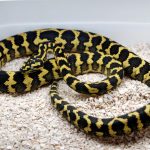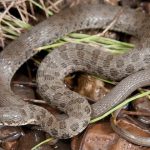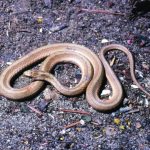Arizona black rattlesnake is a poisonous subspecies of snake occurring in the southwestern United States. The pitviper subspecies is mainly diurnal, but in favorable conditions, it can be active at night also. Like other pitvipers, the snake makes use of heat sensing pits located on each side of the face to detect prey and predators.
| Kingdom |
Animalia |
| Phylum |
Chordata |
| Subphylum |
Vertebrata |
| Class |
Reptilia |
| Order |
Squamata |
| Suborder |
Serpentes |
| Family |
Viperidae |
| Subfamily |
Crotalinae |
| Genus |
Crotalus |
| Species |
Crotalus oreganus |
| Scientific Name |
Crotalus oreganus cerberus |
| Other Names |
Black Rattlesnake, Black Diamond Rattlesnake, Cerberus Rattlesnake, Mountain Diamond-back, Brown Rattlesnake |
| Length |
78–109 cm |
| Color |
Dark grayish, brownish black, blackish or reddish brown ground color covered with dorsal pattern of uneven patches that are rectangular near the front of the body turning subhexagonal towards the back |
| Distribution |
Arizona, western New Mexico |
| Habitat |
Mountains, upland areas, semidesert grassland |
| Diet |
Amphibians, reptiles, birds and their eggs, mammals |
| Hibernation Fact |
Hibernate during winter |
| Venom Fact |
Venomous |
| Breeding Season |
Summer |
| Mode of Reproduction |
Ovoviviparous (producing young ones by means of eggs hatched inside the body of the parent) |
| Litter Size |
4 to 21 young |
| IUCN Conservation Status |
Not Classified |
Arizona Black Rattlesnake Pictures Gallery
-
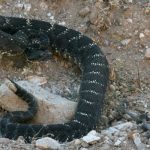
-
Arizona Black Rattlesnake Habitat
-
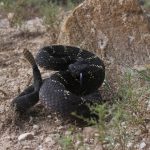
-
Arizona Black Rattlesnake Images
-
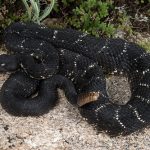
-
Arizona Black Rattlesnake Pictures
-
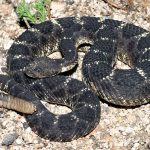
-
Arizona Black Rattlesnake
-
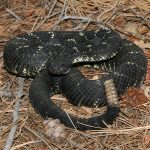
-
Arizona Black Rattlesnakes
-
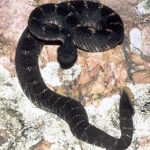
-
Baby Arizona Black Rattlesnake
-
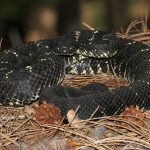
-
Black Rattlesnake
-
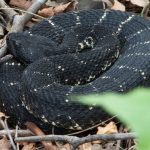
-
Images of Arizona Black Rattlesnake
-
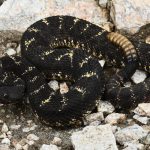
-
Pictures of Arizona Black Rattlesnake
-
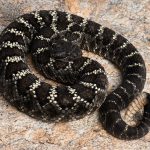
-
Crotalus Oreganus Cerberus
-

-
Arizona Black Rattlesnake Range













